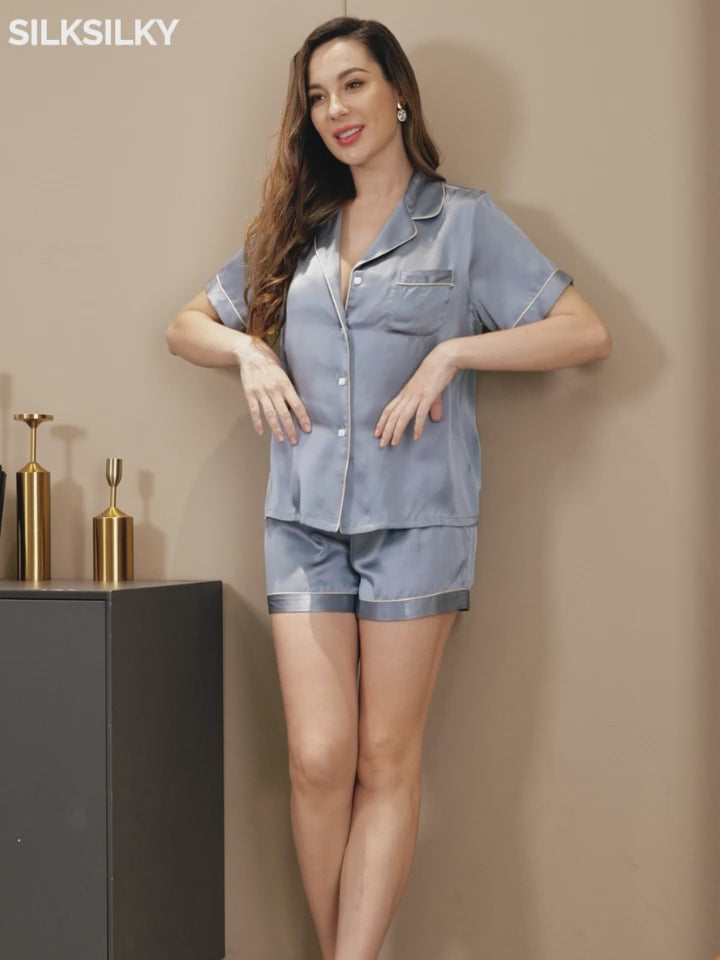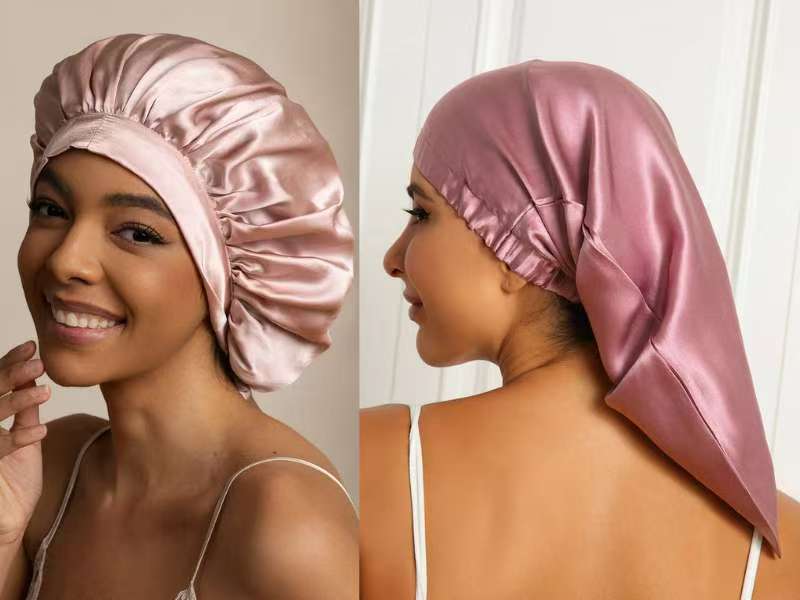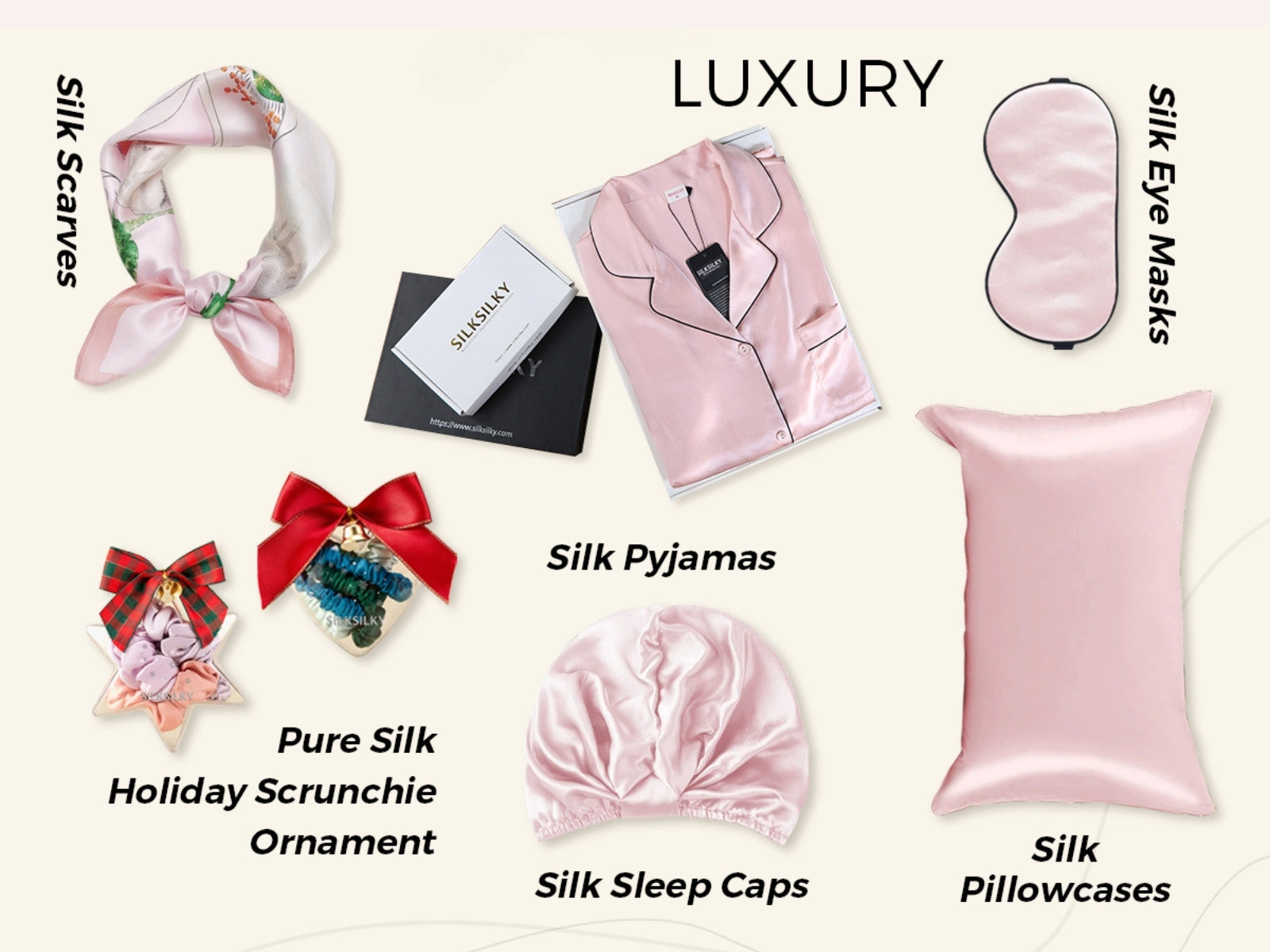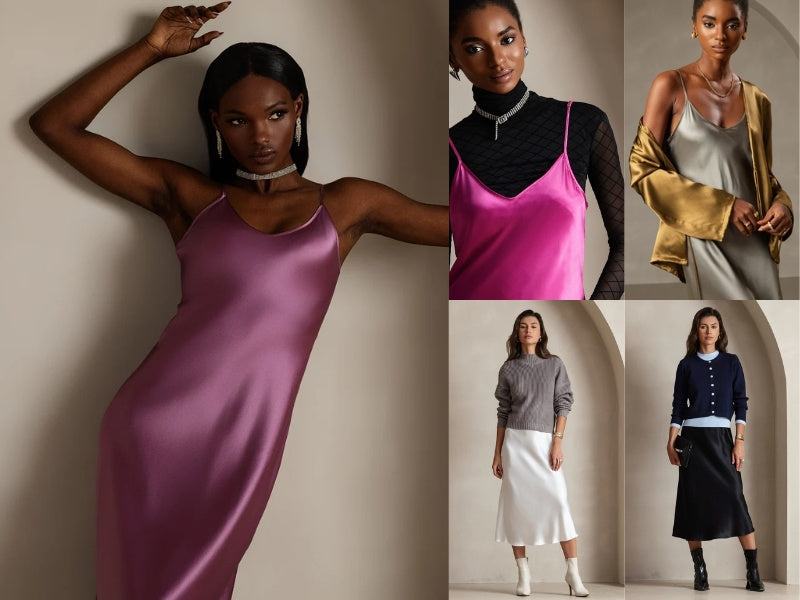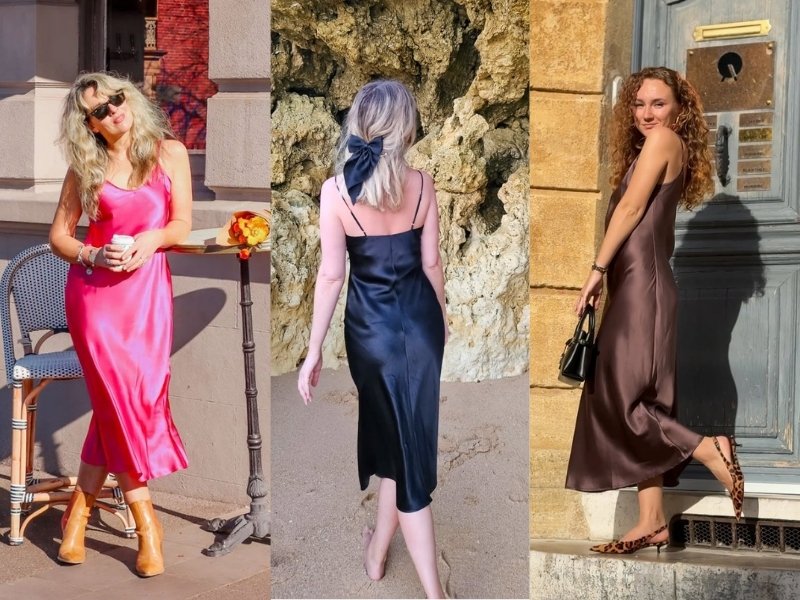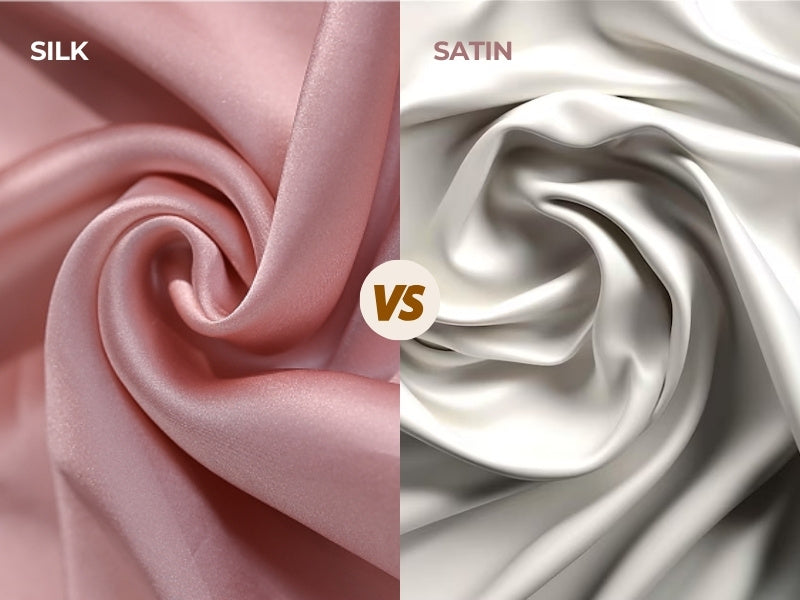The Production Process of Silk Products: From Cocoon to Fabric
Silk is a luxurious and highly prized material that has been produced and traded for thousands of years. Silk products, such as silk pajamas and silk dresses, thus boast a high level of popularity. But how is this beautiful fabric created? Let's take a closer look at the production process of silk products.
Step 1: Cultivating Silk Worms
The production of silk products begins with the cultivation of silk worms. These tiny creatures are bred specifically for their ability to spin silk cocoons. Silk worms feed on the leaves of the mulberry tree, which is why silk production is often associated with regions where these trees are abundant.
Step 2: Harvesting Silk Cocoons
After about a month, the silk worms spin cocoons around themselves as part of their natural life cycle. These cocoons are carefully harvested by silk farmers to ensure that the silk fibers remain intact.

Step 3: Sorting and Cleaning
Once the cocoons are harvested, they are sorted and cleaned to remove any impurities or debris. The cocoons are boiled in hot water to kill the silk worms inside and loosen the silk fibers. The fibers are then carefully unwound from the cocoons.
Step 4: Spinning and Weaving
The silk fibers are then spun into thread or yarn, which can be woven into fabric or other products. The weaving process can be done by hand or using modern machinery, depending on the desired quality and quantity of the finished product.

Step 5: Finishing
Finally, the silk fabric is finished by treating it with chemicals or dyes to achieve the desired color, texture, and softness. Additional finishing techniques may be used to add shine or to make the fabric more wrinkle-resistant.
In conclusion, the production of silk products involves a labor-intensive process that begins with cultivating silk worms and ends with creating luxurious and highly sought-after fabrics. While modern technology has made some aspects of silk production more efficient, the traditional methods of cultivating and harvesting silk cocoons by hand are still used in many parts of the world. Almost all the top silk dresses in the fashion industry are made by hand. The result is a stunning fabric that has stood the test of time and remains one of the most prized and valuable materials in the world.
![[Light Blue] SilkSilky Pure Silk Notch Collar Women's Pajamas 001,](http://silksilky.com/cdn/shop/files/ab83afb9301666ee2f174a8ae72ffda4_4e9bb488-7880-40fe-9e69-f0fd823857c5.jpg?v=1764653199&width=1200)
![[Light Blue] SilkSilky Pure Silk Notch Collar Women's Pajamas 002,](http://silksilky.com/cdn/shop/files/db8dbeee5354fe3b631b963715847ffe.jpg?v=1764653202&width=1200)
![[Dark Red] SilkSilky Pure Silk Notch Collar Women's Pajamas 001,](http://silksilky.com/cdn/shop/files/599ed0811e1a5fcfa55bdc80a0279704_2643c850-a793-4475-a52b-7fef1bbd7e36.jpg?v=1762233837&width=1200)
![[Dark Red] SilkSilky Pure Silk Notch Collar Women's Pajamas 002,](http://silksilky.com/cdn/shop/files/9e022d4dd4f99aed4af8da3f58fcfd5b_efb9bafe-3d71-4283-9b81-e339ff08f352.jpg?v=1762233837&width=1200)
![[White] SilkSilky Pure Silk V Neck Nightgown 001,](http://silksilky.com/cdn/shop/files/a8ae95260a57844b1e2e00c4fcfabdcc_b922b270-af10-4e96-9493-0d877bd663db.jpg?v=1764140639&width=1200)
![[White] SilkSilky Pure Silk V Neck Nightgown 002,](http://silksilky.com/cdn/shop/files/24ac506750f8c38c51bb5b6d0ee15287.jpg?v=1764140639&width=1200)
![[Pink] SilkSilky Pure Silk Sleep Cap 001,](http://silksilky.com/cdn/shop/files/SilkSilky_Pure_Silk_Sleep_Cap_Pink_001_C-250529006.jpg?v=1762221980&width=1200)
![[Pink] SilkSilky Pure Silk Sleep Cap 002,](http://silksilky.com/cdn/shop/files/SilkSilky_Pure_Silk_Sleep_Cap_Pink_002_C-250529006.jpg?v=1762221980&width=1200)
![[Steel Blue] SilkSilky Pure Silk Notch Collar Women's Pajamas 001,](http://silksilky.com/cdn/shop/files/05b358f92fb5d252122b00d69a2fcfc5_88211a42-88c4-4448-8cb3-5f18529bfef8.jpg?v=1762237226&width=1200)
